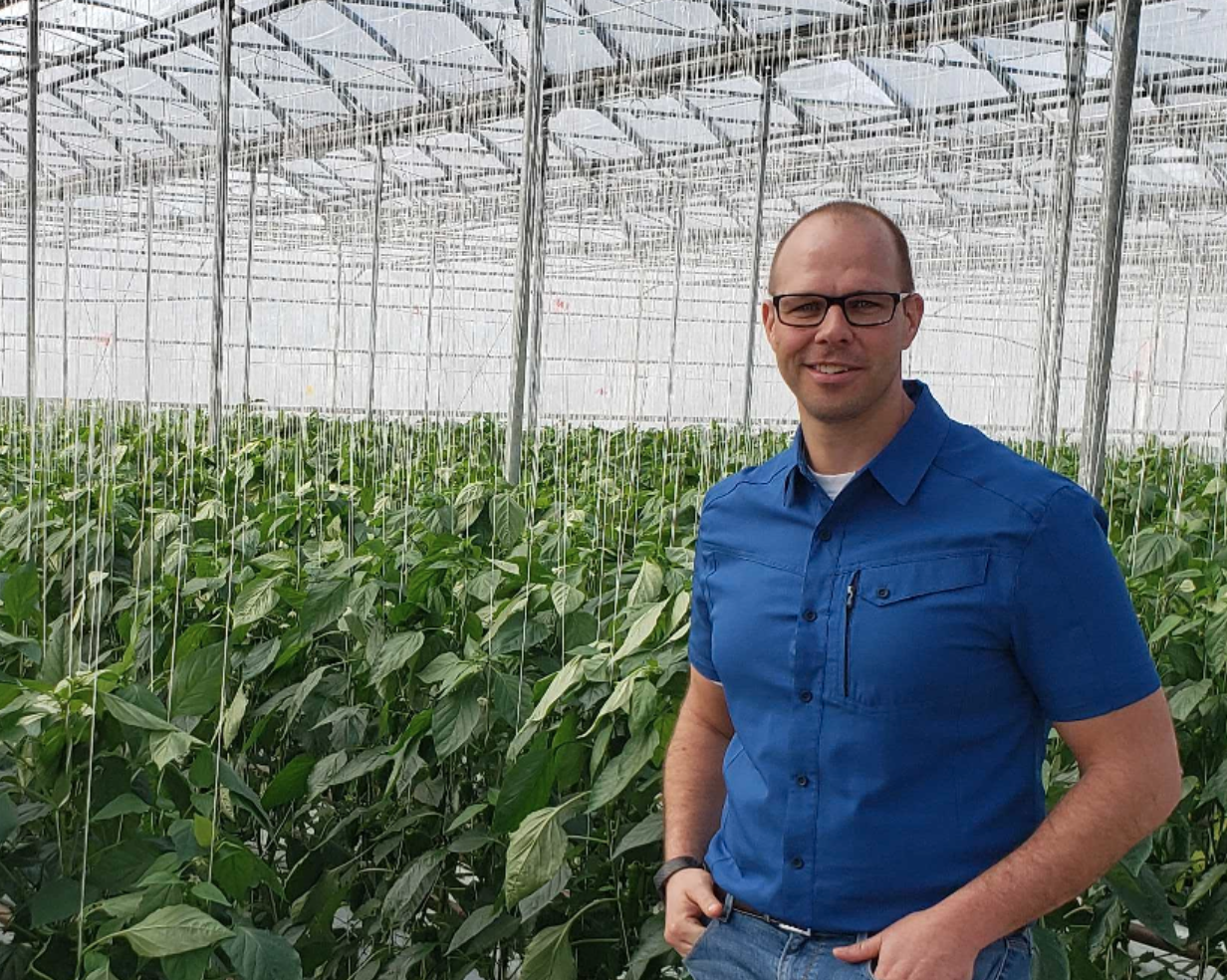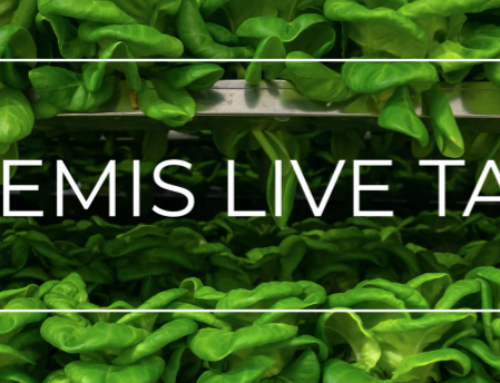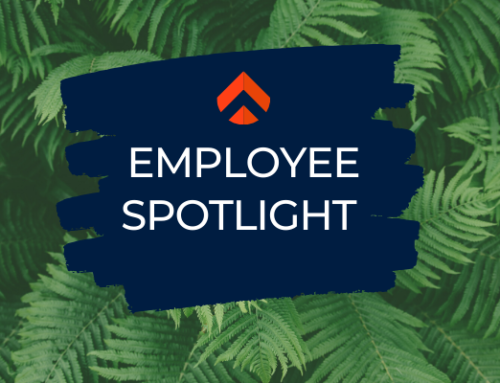At Artemis, we work with innovative growers all across the world. In an effort to showcase the work these growers are doing and how we’re working with them to accomplish their goals, we’re introducing a new blog series where we highlight our growers in the field. This week we are interviewing Jeff Stigter, Owner of Jamco and Board Member at the Red Hat Co-Operative.
Allison (Artemis): Tell us a little about your operation.
Jeff (Jamco): Jamco Growers operates an 11 acre greenhouse vegetable farm in Southern Alberta. We are currently growing 4 acres of peppers, 4 acres of mini cucumber, and 3 acres of tomatoes. In our tomato and pepper acreage we do a variety of specialties like different colored grape tomatoes and mini, sweet, long, and hot peppers.
Allison: How did Jamco get started? And can you share a little more about the Red Hat Co-Operative?
Jeff: Jamco Growers is a family-run farm that I run with my wife, sister and parents. I was born and raised in the greenhouse and have been full-time for 17 years this month! Greenhouses have been in my family for 5 generations starting in 1905 in the Netherlands. In the late 1950s and early 1960s, my grandfather and great grandfather started greenhouses in Redcliff, Alberta. They were growing cucumbers, and in 1966 they were two of the original members of the Red Hat CO-OP, which is the packaging, sales and marketing branch of the greenhouse industry in Redcliff.
We have an advantage over our competitors nationally because we can grow a lot of product for our local market and we get slightly better pricing because people want local products. Southern Alberta also has a lot of sunlight (it’s one of the sunniest places in Canada), winters can be mild here, and utilities have historically been cheaper than the rest of Alberta and Canada because of our proximity to resources. I am a bit unique in the area, because of how many specialties we grow, and how diversified my production is. People are not always willing to try and grow something new. I am, and it pays off, setting my farm apart from others that focus on only one commodity.
Allison: That’s amazing. Farming has been in your blood for generations, but I’m curious why you took on the family business? Did you always know you would run a farm or did you have other ambitions?
Jeff: Honestly, I got into Farming because at 21, I would make more money back in the greenhouse than I would at the job I got a diploma for. Over the past 17 years, there are a lot of reasons I’m glad I choose to be a farmer. It is a great lifestyle for my family. I have the flexibility to be with my family more and they can come with me to the greenhouse and be a part of the business. They will always have access to a job. I really like the people in the industry as well. I like that we provide healthy, high quality, and great tasting vegetables to people. The older I get, the more I like going to work, almost excited to get back in the crops Monday morning. The amount of potential in the greenhouse industry is very exciting – there are plenty of opportunities from smaller niche operations to large multi-hectare operations!
Allison: I think it’s a shame we as an industry don’t share more stories from the growers directly. It’s incredible how passionate you are about this industry and what you’re growing, and I think more people should hear your story! I’m curious about technology. You’re using Artemis, which of course we’re excited about, but I’m interested to hear what your “ah ha!” moment was. When did you start looking for technology? What problems were you trying to solve?
Jeff: There are a lot of variables in growing that a grower has no control of on the expense side of the operation. Utility pricing, weather, minimum wage increases, and carbon tax are a few. However, there are expenses that can be controlled and reduced to increase profit margins. Before I came across Artemis, I was moving in the direction of keeping more data on production and trials, and keeping track of inventories, setting up a maintenance schedule as well as a maintenance manual and also staying on top of food safety program and other compliance issues. So, I guess the “ah ha” moment was I had an idea of where I wanted to be with data, information, and numbers, but didn’t know how to correctly execute a homemade program.
Allison: A lot of growers are in this boat. And so many consider building something internally, but almost all of them end up abandoning this at some point. It ends up being so much more expensive than folks think and you never get the right functionality. Plus when you work with a company that does this for a living, you get the benefit of new releases and stable tried-and-true software.
Jeff: Exactly. When I saw Artemis, I was excited because Artemis does all of what I wanted and more. The hard part was justifying the cost of the program, but when I broke it down it will only cost me 1% of my expenses. I conservatively predict I should be able to cut 3-4 times that in my first year of using Artemis alone. It’s a no brainer.
Allison: Once you got started, how was the onboarding process? Was it difficult to learn new software?
Jeff: It was so easy getting started with Artemis. Within just 6 weeks of using the software, I had complete competency. It’s also specifically set up for my operation, which makes it easy for my team to learn. Since I started using Artemis at the beginning of my crop cycle, I was able to learn and apply things as they came up in the season, so there was no pressure for me to learn everything at once. It takes time to get the system set up correctly, but now with my tasks and metrics automated, I spend less time in front of the computer.
Allison: How were you managing crops before Artemis?
Jeff: There was no real crop scheduling in place before I used Artemis. Each calendar year stayed fairly similar and I would keep track of what varieties I was growing with a word document. This doesn’t work anymore. What happens if my grower is out sick or retires? He brings his knowledge and this information with him. What if I want to improve? I can’t learn anything from a word document. I needed better planning and I got that with Artemis.
As for forecasting, I would let the sales team of Red Hat know what I was going to pick from week to week based on what product was hanging on the plant and what the weather was doing. Our sales team would also use previous harvest numbers to make some forecasting predictions. It was always inaccurate and we were losing money as a result. Now I have accurate forecasting and know exactly what’s going to come out of production well in advance.
Allison: What about task management?
Jeff: Most of my tasks are done on a routine from week to week, but I had to verbally communicate with the team what needs to be done on a regular basis. If things changed, I would have to spend time finding the person to let them know the changes. This is a waste of my time. Often I have to change my schedule to communicate with employees, for example around break times. I had no way of seeing what work actually got done other than by checking the work each day. This means things don’t get done and I have to do them or we have to wait a whole day for it to get done. I also have employees who speak different languages and often there is a communication breakdown.
By using Artemis’ mobile application, workers can see their workload in their native language and Jamco Growers doesn’t have to worry if work is being done or not. Artemis’ task management has enabled Jamco Growers to get more executed on our to-do list and hold our workers accountable for daily activities. It’s amazing. I can see what got done, what didn’t, and I can alert workers when schedules change. I am spending more time with my crops, instead of working on the other tasks that come up when you run a greenhouse. That translates directly to better profits.
Allison: I know you’re also paving the way when it comes to good food safety practices. Can you tell us a little more about this process and how you’re using Artemis to manage your compliance?
Jeff: I was able to set up Artemis tasks, metrics, and batch notes to cover all of my Canada GAP paperwork except for 4 forms. One of those forms is completed monthly and the other 3 are done annually, so Artemis drastically cut my paperwork down. I’m aiming to reduce all of my paperwork over the next few months. I have also set up some metrics to record irrigation data like EC, pH, and leach which were not available on my climate control program. The option to set targets for all metrics helps me stay on top of the numbers and targets I need for growing.
Allison: Jeff, this is great. We’re so excited to see what the future holds for Jamco and the Red Hat Co-Operative and look forward to working together on all of your initiatives! Thanks for taking the time to chat.
Jeff: My pleasure! I recommend Artemis to other farms. Artemis takes most aspects of growing a plant and combines all that information in one place, I can then use that data and information to make better growing decisions, which is very important for growers when profit margins are tight and mistake cost more that ever. Go check it out!






Leave A Comment